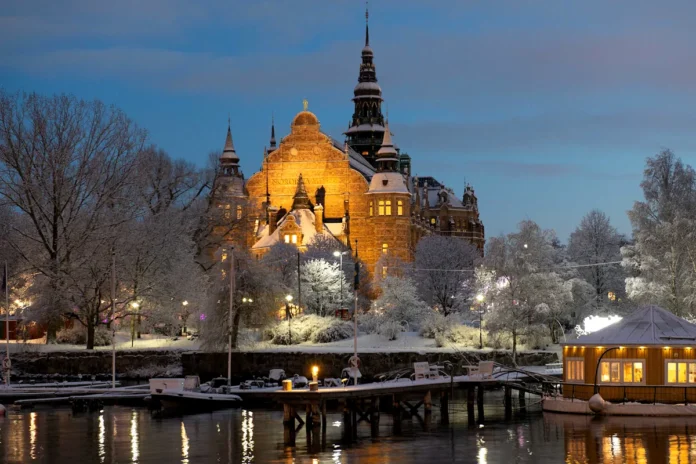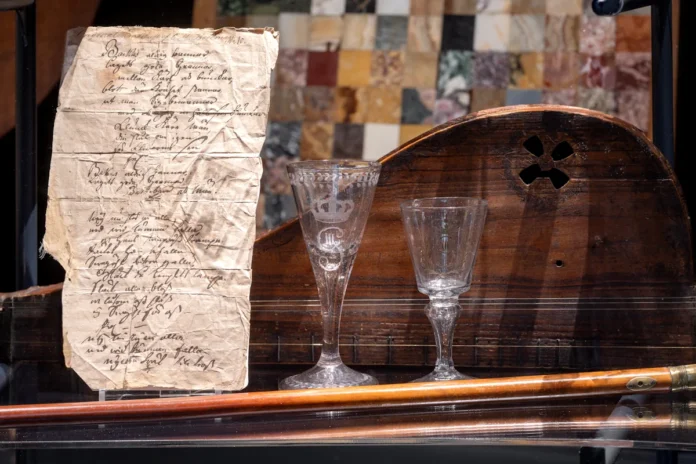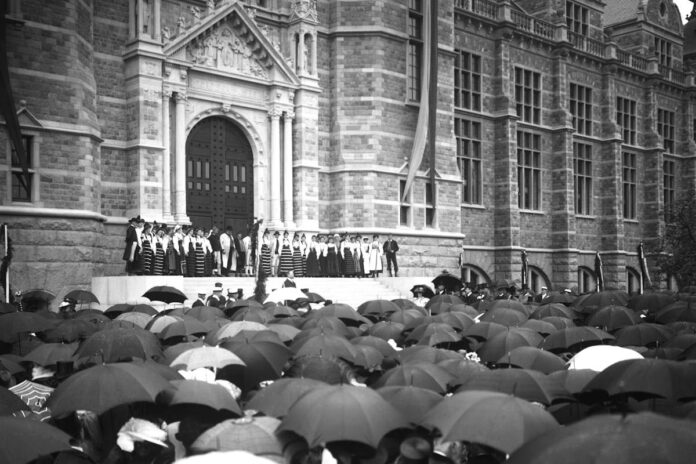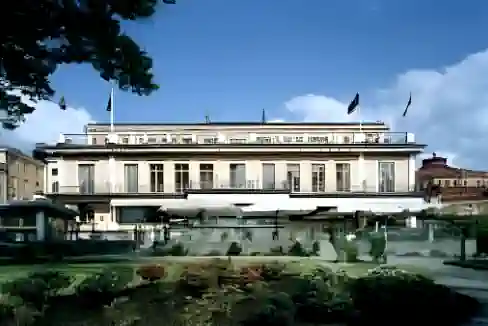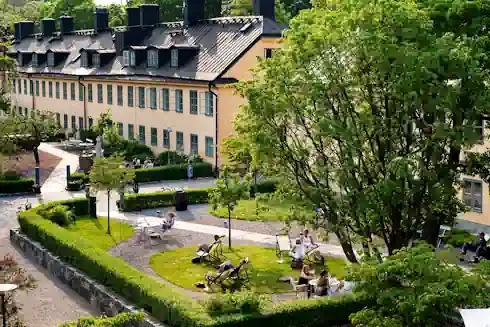Located on the central island of Djurgården in Stockholm, the Nordic Museum (Nordiska museet) is a guardian of Swedish cultural history and a beacon of Swedish heritage. Since its inception in 1907, this prestigious Stockholm cultural institution has been dedicated to describing the rich tapestry of Swedish culture from the 16th century to the present day.
Threads of Nordic culture
Its sacred halls house a wealth of artifacts that depict Swedes’ everyday lives throughout history. The museum’s Scandinavian history collections include things like clothing, furniture, and household items. These exhibits provide insight into the evolution of Swedish lifestyles. Interactive exhibits bring Swedish folk art, traditions, and customs to life by highlighting the country’s cultural heritage.
As you explore the Nordic Museum’s magnificent main hall, you will come across an imposing sculpture of King Gustav Vasa by sculptor Carl Milles. This monument honors Sweden’s founder, a pivotal figure in the country’s history. However, the Nordic Museum is more than just a repository of the past. Additionally, the organization is dynamic and continuously renews its mission. Nordic culture and history intertwine vibrant threads into a wide range of topics that Nordic Museum exhibitions cover.
Prime location: The enchanting Djurgården Island
Located on Djurgården Island, this museum shares space with other major attractions like the Vasa Museum and Skansen open-air museum. Visitors can easily access this cultural oasis via public transportation, including buses, trams, and ferries to Djurgården’s shores.
Artur Hazelius: The visionary behind the Nordic Museum
In essence, this museum owes its existence to the visionary Artur Hazelius, a tireless advocate for Swedish cultural heritage. Hazelius, the founder of the Skansen open-air museum, which is located right in front of the Nordic Museum, dedicated his life to preserving traditional Swedish culture. He amassed a collection of artifacts and buildings from across Sweden, which are now proudly displayed at Skansen.
Hazelius expanded our understanding of Swedish heritage with his pioneering work in ethnology. Furthermore, he instilled a sense of national pride based on folk traditions and culture. People still remember him as a prominent figure in Swedish cultural history.
Originally planned on a much larger scale, the museum building completed its construction in 1907. As a result, this demonstrates the enduring importance of preserving Sweden’s cultural heritage.
Other attractions near the Nordic Museum
- Vasa Museum
The well-preserved 17th-century ship Vasa, which sank on her maiden voyage in 1628, is housed in this museum, which is only a short stroll from the Nordic Museum. - Skansen Open-Air Museum
Skansen, the first outdoor museum in the world, sits right in front of the Nordic Museum. It features a zoo with Nordic animals and historic Swedish buildings. - Gröna Lund
This historic amusement park provides a perfect setting for a fun family outing by offering a wide range of rides, games, and entertainment. - Junibacken
The museum is a children’s museum that features exhibits based on Astrid Lindgren’s favorite characters, such as Pippi Longstocking, and inspired by her stories. - The Rosendal Palace
A stunning 19th-century palace surrounded by gardens offers guided tours that highlight its rich history and exquisite interiors. - The Thiel Gallery (Thielska Galleriet)
This art museum impressively represents Scandinavian art from the late 19th and early 20th centuries. - The Biological Museum
This museum features dioramas of Sweden’s wildlife and natural environments.
Conclusion
The Nordic Museum remains a symbol of heritage and culture and is a testament to Sweden’s long-standing traditions. In essence, the museum is a valuable resource for those interested in learning about the Nordic region’s rich history. Whether you enjoy history, art, or are simply curious about Swedish culture, the Nordic Museum provides an unforgettable journey through time.




